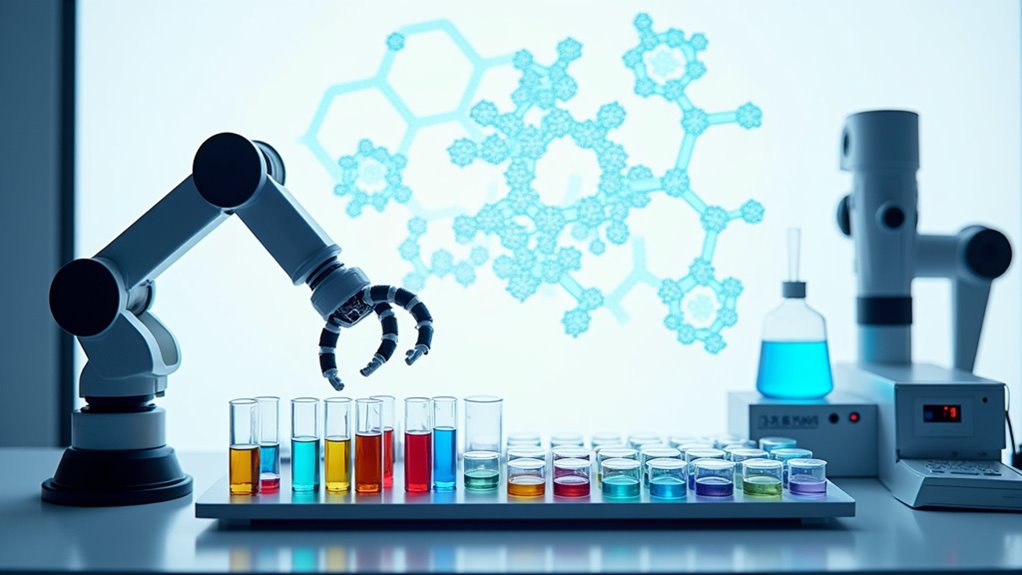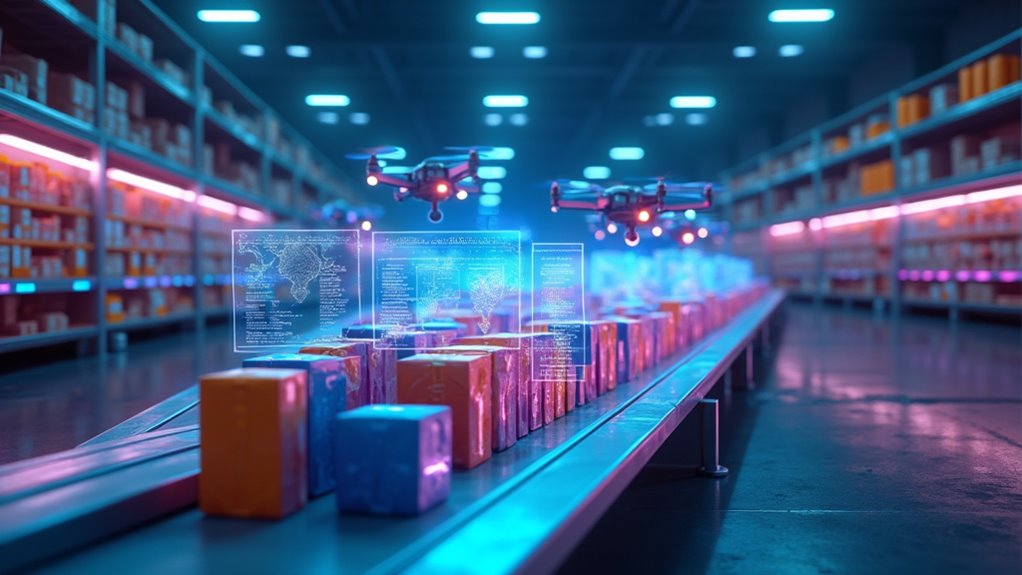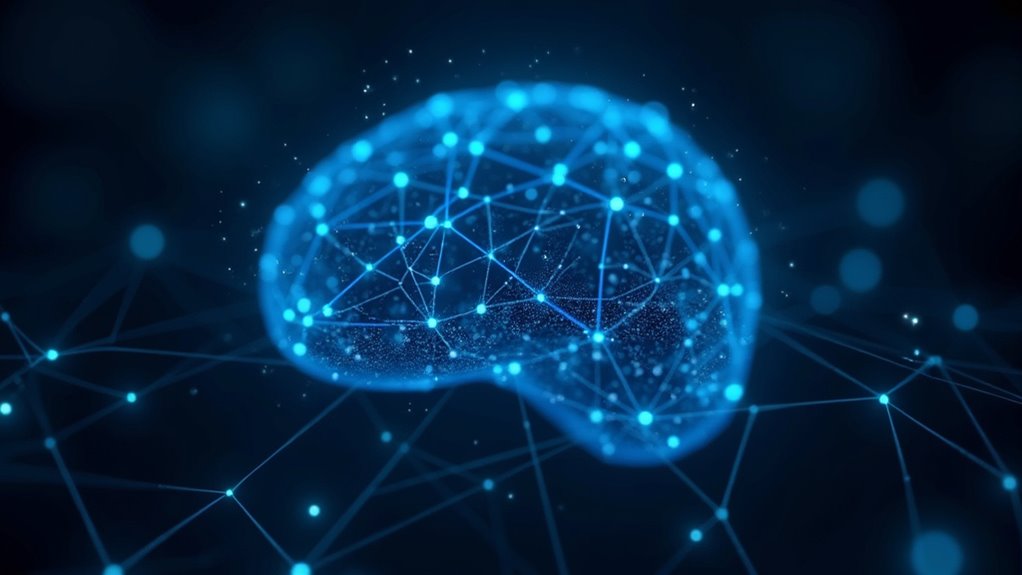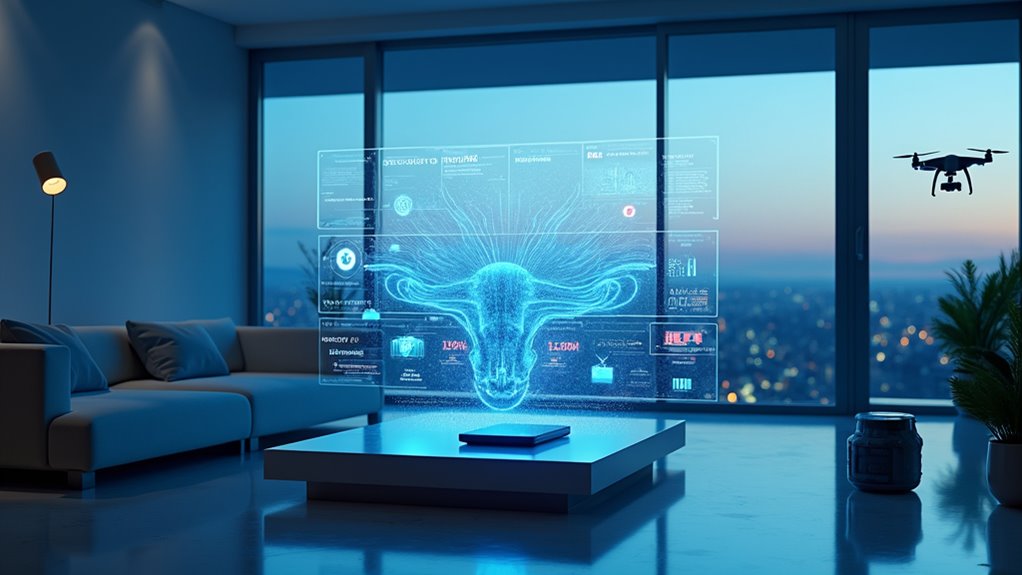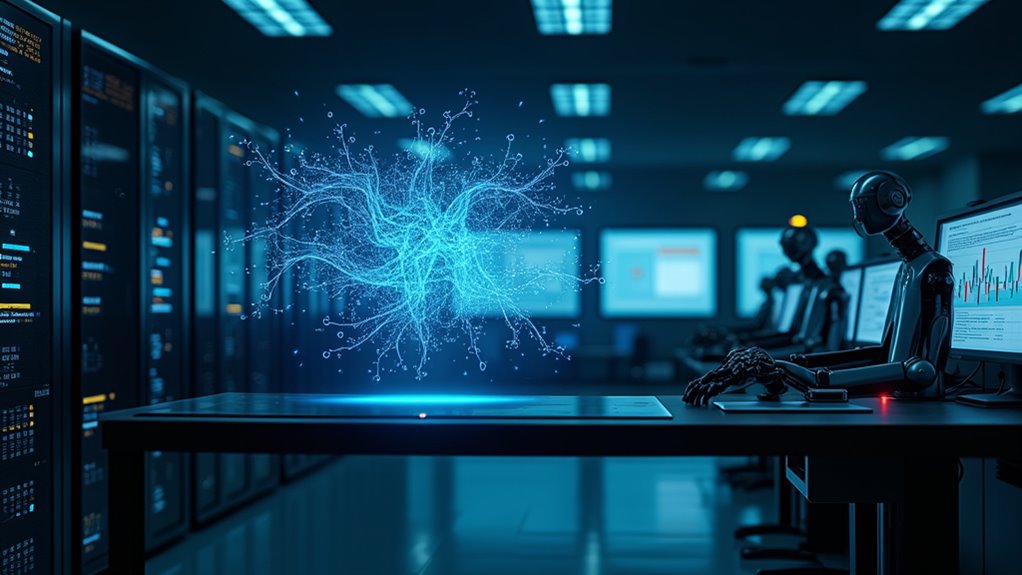Artificial intelligence is revolutionizing drug development in dramatic ways. What once took decades and billions now happens in months, with better accuracy. AI analyzes massive datasets in seconds, predicts protein structures, and spots patterns humans miss. Clinical trials are becoming safer and more personalized. In 2020, the first AI-designed drug entered human trials – a huge milestone. The pharmaceutical industry will never be the same, and that’s just the surface of this transformation.
While pharmaceutical companies once spent decades and billions of dollars developing new drugs, artificial intelligence is completely transforming the game. The old ways of drug discovery? Gone. AI is slashing development times by up to 80%, and it’s doing it with better accuracy than humans ever could. No more shooting in the dark and hoping something sticks.
AI is like that overachieving colleague who makes everyone else look lazy. It churns through massive datasets in seconds, identifies potential drug targets, and predicts how well compounds will work before anyone steps foot in a lab. And it’s not just fast – it’s smart. Machine learning algorithms are spotting patterns humans would miss, while deep learning is figuring out protein structures like it’s solving a child’s puzzle. AI’s advanced computational techniques allow for 3D structure prediction of biological targets with unprecedented precision. Modern healthcare providers are achieving diagnostic accuracy at levels previously unattainable through traditional methods.
The impact on clinical trials has been nothing short of revolutionary. Remember when finding the right patients and predicting outcomes was like throwing darts blindfolded? Not anymore. AI is streamlining the whole process, making trials safer and more efficient. It’s even helping develop personalized medicines tailored to individual patients. Yeah, science fiction is becoming reality. In fact, by the end of 2021, third-party investment doubled annually for five consecutive years.
But let’s not get too carried away. AI isn’t perfect – it needs high-quality data to work its magic, and garbage in still means garbage out. There are ethical concerns to wrestle with, and regulatory frameworks are struggling to keep up. Plus, some AI models come with their own biases. It’s like having a brilliant but sometimes problematic assistant.
The proof is in the pudding, though. In 2020, Exscientia’s AI-designed drug entered human trials – a first in the industry. Companies are saving millions, and success rates in clinical trials are climbing.
The collaboration between AI systems, scientists, and medical professionals is creating a new paradigm in drug development. It’s not just about speed anymore; it’s about developing better drugs that actually work. Welcome to the future of pharmaceuticals – turns out, robots might be better at saving lives than we expected.
